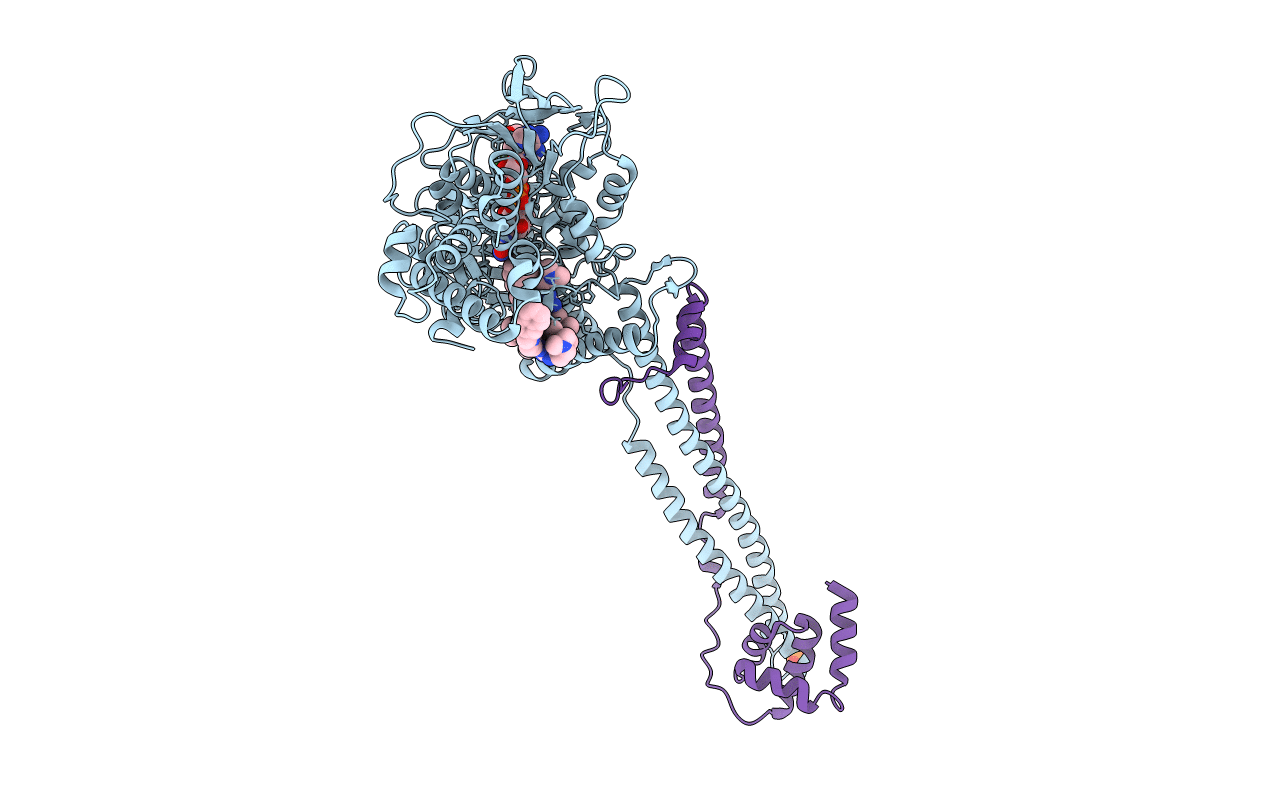
Deposition Date
2020-01-08
Release Date
2021-07-21
Last Version Date
2024-01-24
Entry Detail
PDB ID:
6TUY
Keywords:
Title:
Human LSD1/CoREST bound to the quinazoline inhibitor MC4106
Biological Source:
Source Organism:
Homo sapiens (Taxon ID: 9606)
Host Organism:
Method Details:
Experimental Method:
Resolution:
2.60 Å
R-Value Free:
0.22
R-Value Work:
0.20
R-Value Observed:
0.20
Space Group:
I 2 2 2


